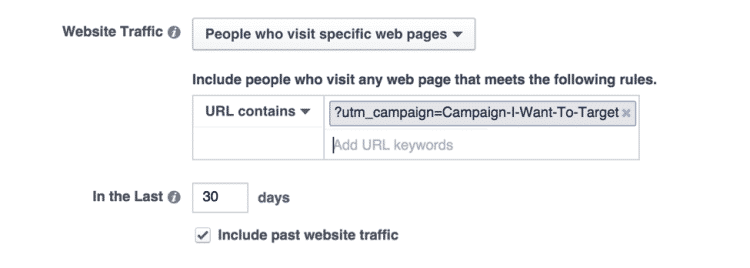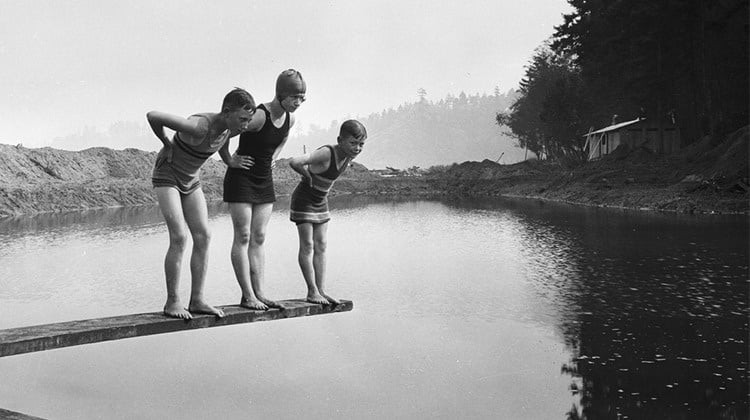5 Facebook Advertising Tips Everyone Should Follow
by Kevin Manning • January 19, 2016
Since Facebook as a social network is so intuitive and easy to use, many advertisers just jump right in to advertising without taking time to learn the ropes or giving it much thought. This leads a lot of avoidable errors.

For many advertisers, an early bellyflop on Facebook leaves them a little nervous to dive into Facebook advertising again. However, if used right, Facebook is a fantastic way to advertise your business.
So, whether you are a Facebook veteran or still trying to figure out how to make Facebook work for your business, these 5 tips will help you set your Facebook marketing up for success.
1. Set Your Tests Up Right
We all know it’s important to test. We test audiences, images, headlines, you name it. Done right, Facebook advertising is essentially one giant, iterative testing process.
That being said, the wrong testing setup can foil your best testing efforts.
For example, Facebook recommends having several ads in each ad set so that it can use its algorithm to determine the winning ad. Once it’s picked a winner, the losing ads get less screen time (and sometimes stop showing completely). Great idea, right?
Unfortunately, Facebook’s testing algorithm isn’t always as reliable as you’d like to think.
Sometimes, the “losing” ads don’t get a fair shot at impressions to determine a true winner, which means that your true winner is actually getting throttled—losing you clicks, impressions, leads, etc.

To get around this, set up your campaigns with one ad per ad set. This ensures that each ad gets its fair share of impressions. Once you’ve got a good feel for which ads are performing best, you pick the winner!
In addition to improving your odds of success, this approach also allows you—not Facebook—to control all the variables in your tests. That means you know exactly what you are testing and what your results mean to your business.
2. Tag Your URL’s
If you tend to just enter the landing page URL in Facebook and leave it at that, you’re missing out on a big opportunity. Tagging your URLs with UTM parameters allows you to track how your ads are performing in Google Analytics, which gives you access to additional valuable information outside of what Facebook gives you.
Additionally, using UTM parameters allows you to easily retarget users that have clicked on specific ads!
You can get extremely creative with this. Say you want to target people that only clicked on a certain campaign, simply include the campaign parameter in the custom audience as pictured and you’re set.

Tagging your URL’s opens up a ton of possibilities. So, if you aren’t taking an extra minute to add UTM parameters to your URLs, you’re selling yourself short.
It’s not that much extra effort…so just do it.
3. Use Your Customer Lists
Unless your business is just starting out, you probably have a decent sized email list or a database of customer phone numbers. These lists can be a great way to target people that have already been exposed to your product to some degree!
Facebook allows you to upload a .csv file, copy and paste or even import from MailChimp if that’s what you use. Again, there are a variety of ways to use this to your advantage.
For example, you can use Facebook ads to turn your customer lists into likes on your Facebook page, add targeted reach to your advertising campaigns or use your list to target look-a-like users that are similar to people on your list.
One thing to note is that a list of emails generally has a match rate of about 50%. It’s a bummer, but Facebook can only target emails that are connected in its database to specific users. So, if you upload a list of 10,000 emails you’ll likely only end up with a targetable audience of 5,000 names.
4. Avoid Broad Interest Targeting
Have you ever had someone force a flyer into your hand at mall? I don’t know about you but I always head straight for the trash!

Targeting broad interests on Facebook is a lot like handing out flyers at the mall. Most people aren’t going to be interested.
And, to make things worse, even if you manage to convince them to take your flyer (er, “click” that is), they aren’t very likely to convert on your landing page, which means you just paid for worthless click!
Of course, since Facebook makes money off clicks either way, Facebook makes it so easy to select these broad interests. Just go to their drop down menu, start clicking and boom…you have an audience size of millions of people.
Sounds great right?
Well, it’s great for Facebook since you’ll be paying for a lot of wasted impressions and clicks…
Don’t get me wrong, interest targeting is great for getting in front of new customers. But, go too broad and you’ll be wasting your time and money.
Instead, choose interests that are close to purchase intent, this could be direct competitors, similar products and services or co-linear products.
There are many strategies for finding the right interests, so be creative and do your research. Facebook will miss the money you would have been wasting, but your advertising will be a lot more effective.
5. Don’t Automatically Exclude Site Visitors
I’ve looked at many, many Facebook accounts and one common thing I see is people automatically excluding all of their site visitors purely out of impulse, not knowing that these people are much more likely to convert!
While it may make sense to exclude some site visitors, it rarely makes sense to exclude all of them.
For example, if you’re running a lead generation campaign, it might be a good idea to exclude people who have converted. At the same time, you should set up a campaign to retarget to those site visitors who haven’t converted yet.
Typically, this sort of retargeting strategy will have much higher conversion rates than a pure awareness-building campaign.
Conclusion
Facebook advertising is a huge, constantly evolving world with so many possibilities, but these 5 tips will get you going in the right direction. Jump in and get started!

By the way, if you’d like me to take a look at your current Facebook advertising, let me know here or in the comments! I’d love to give you some feedback or recommendations on how to improve campaign performance.
What are some strategies that you’ve seen dominate on Facebook? What tips would you add to this list?





